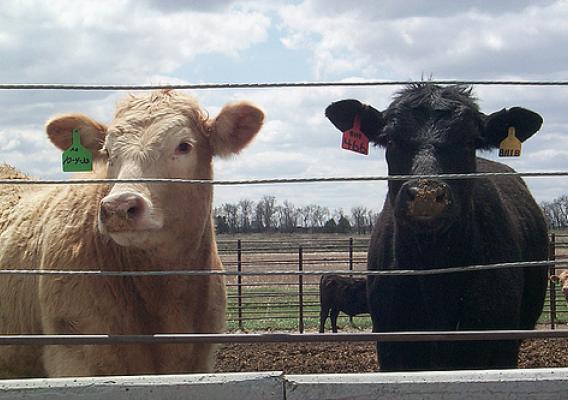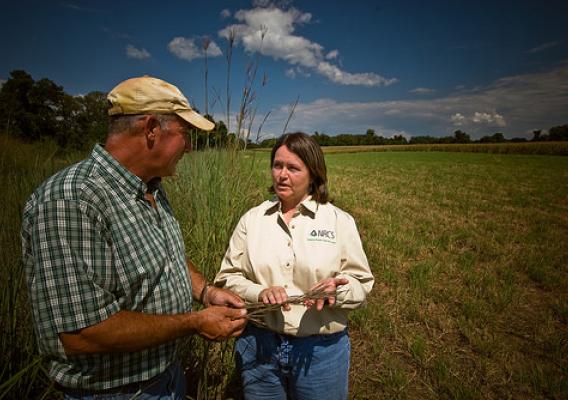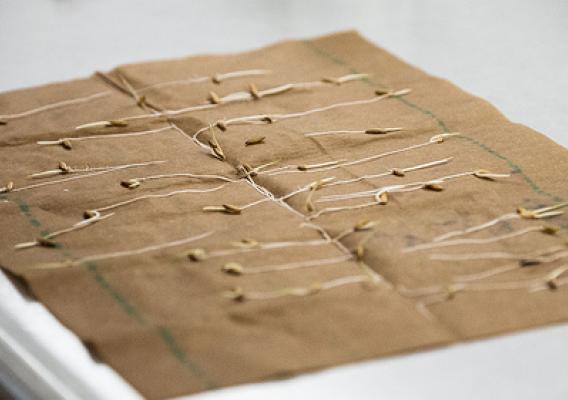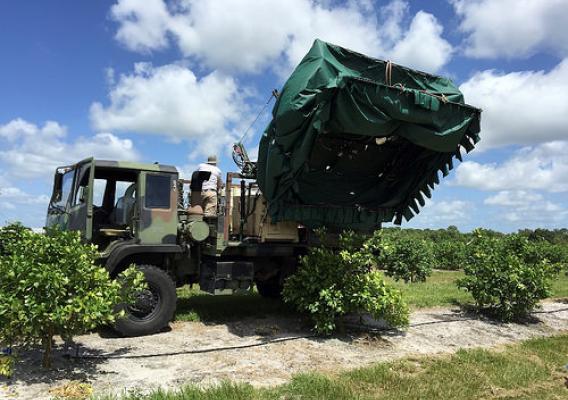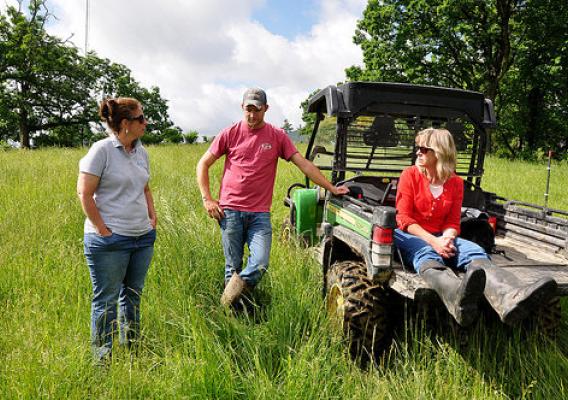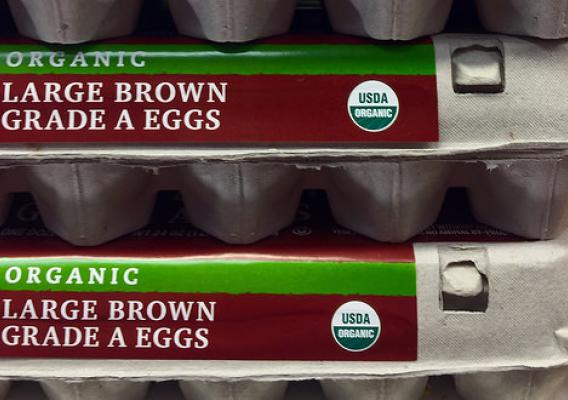A vibrant and healthy agriculture sector is a critical component of restoring and improving the health of the Chesapeake Bay, and I’m proud of the steps that our Bay-area agricultural producers are taking to protect this national treasure. Agricultural producers have implemented nearly $1 billion worth of conservation practices on 3.6 million acres – an area three times the size of Delaware – since 2009 with the help of the U.S. Department of Agriculture (USDA).
From coastal communities in Virginia and Maryland to the hills of West Virginia and Pennsylvania, farmers and forest landowners are voluntarily making conservation improvements to their land that reduce erosion, manage nutrients and protect stream corridors – all contributing to cleaner water downstream. We celebrated the accomplishments of producers today at Y Worry Farm in Anne Arundel County, Maryland, bringing together producers, agricultural groups, non-government organizations and others to celebrate these investments in cleaner water.


